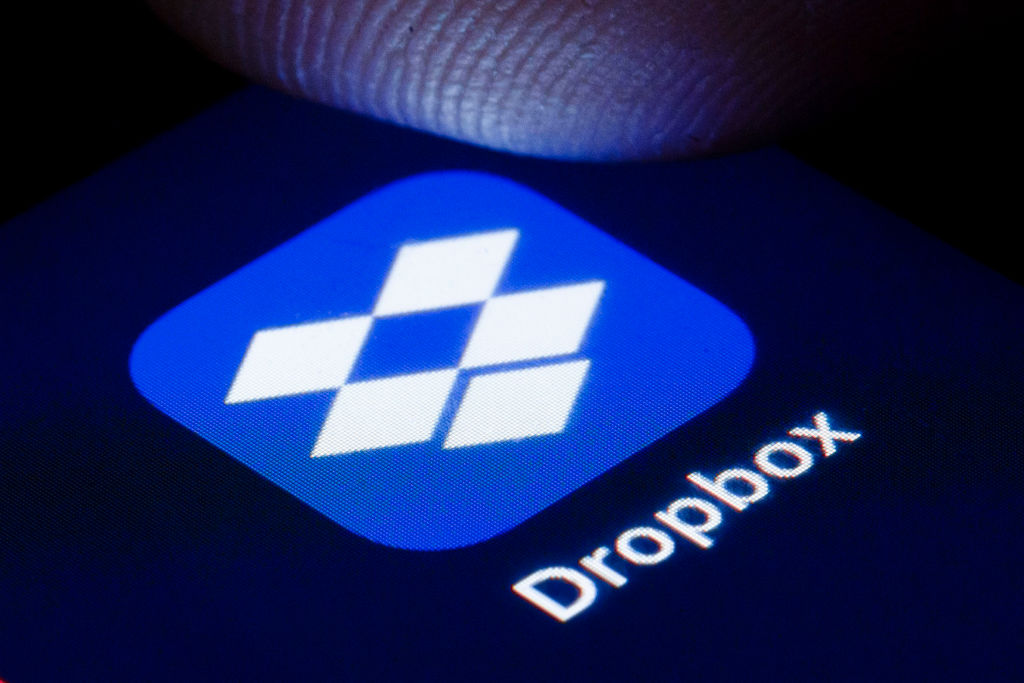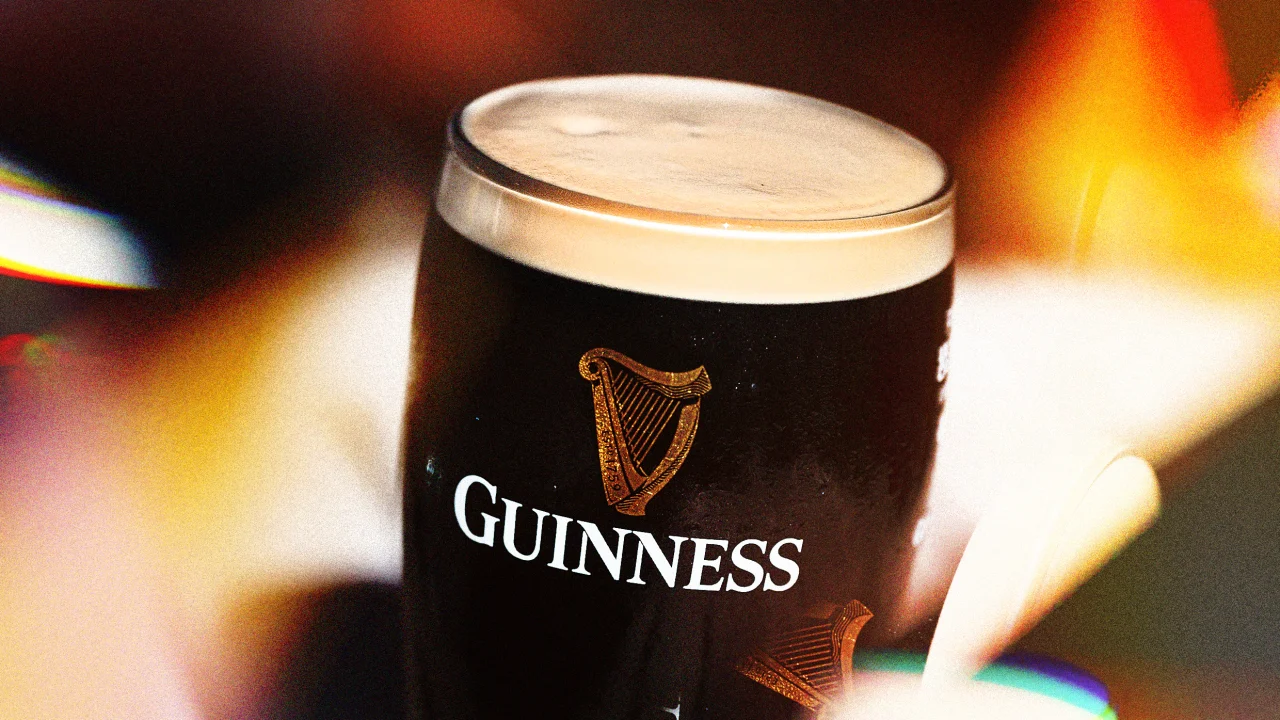What FIFA’s new controversial logo reveals about the power of branding
When it comes to logo design, experts in the field have plenty to suggest. Your logo, they say, should strive to be iconic, as well as distinctive, timeless, attractive, memorable, and the like. This is all well and good, but as three recent examples from the news show, what your logo looks like, which values it projects, and whether it works on a tote bag may pale in importance to the simple fact that you have a logo to begin with. The FIFA Club World Cup 2025, a soccer tournament featuring 32 of the world’s best teams scheduled to be played in the U.S. next summer, has been notable primarily for the mystery and controversy surrounding it. Even less than a year before it is to take place, details about the tournament have been relatively scarce. The cities where it will take place were only recently announced, and it remains to be seen how it will be broadcast. The bloating of the tournament from its former size of just seven teams has contributed to criticism that the workload imposed on the world’s best players is becoming untenable. [Image: FIFA] So, when FIFA unveiled the logo for the competition last month, the actual design of the emblem—the initials “CWC” tortured into shapes roughly approximating the outline of a soccer ball and encircling an odd gaping void—was secondary to the fact that the competition had a logo at all. Sure, the symbol was subject to the usual complaints and derision on social media, but just the existence of a logo made the tournament seem in some sense less confusing and more real, like something that’s actually happening. Another notable example of logos lending credibility to a brand cropped up in September. The simultaneous explosions of thousands of pagers belonging to affiliates of Hezbollah in Lebanon last month raised many questions that have yet to be answered. At this writing, it remains unclear whether BAC Consulting, the Budapest-based company to which the sabotaged pagers have been linked, is a legitimate entity or perhaps some sort of product of Israeli spycraft. What is known is that the firm has a logo, and a pretty bad one at that: an off-kilter “BAC” monogram with “Consulting” spelled out underneath, all set in what seems like an inappropriately-swanky art-deco style typeface. (Colonia Deco, perhaps?) If the company was a ruse, it had to have a logo to deceive the necessary parties into believing that BAC Consulting was a going concern. Was the amateurish banality of the logo’s design part of the larger scheme, giving off a vibe of such mediocrity that no one would suspect BAC of anything untoward? In any event, a logo, any logo, may have been needed to grant the company a sheen of legitimacy. [Screenshot: Internet Archive] Even in the high-tech field of AI, logos often make just-born startups feel more real. Earlier this year, OpenAI co-founder Ilya Sutskever left the company and announced his new venture, Safe Superintelligence Inc., which promises to deliver artificial intelligence responsibly. It quickly raised $1 billion in venture capital at a $5 billion valuation, but despite those dizzying numbers, the company’s website remains a bare-bones, all-text affair, with nary a logo to be found. Is it even possible to operate without a logo these days? Even the least-branded, no-frills operations tend to pick up logos like white couches attract dog hair. Craigslist found itself attached to the peace sign. The Cleveland Browns are generally represented by a likeness of their logoless orange helmet. If you don’t adopt a logo, someone will impose one on you, as there are countless spaces, primarily online, for logos that need to be filled, in the way that the old Twitter would assign you an egg if you failed to upload a profile picture. And indeed, it’s on Twitter—or X as it is now known—that the Safe Superintelligence logo lives, atop the company’s profile page. It’s simply a lowercase “ssi” followed by a grayish rectangle representing a cursor, perhaps, or an open door, or—gulp—an open grave, or the monolith from 2001: A Space Odyssey. These interpretations are bolstered by the color-reversed version of the mark featuring a black rectangle found on VC Andreesen Horowitz’s site, where the logos of the firms in its portfolio are stacked up like a rich kid’s collection of Air Jordans in their boxes. Again, the symbolism of the logo design is not what’s relevant here; it’s the mere existence of the logo that matters. Whether a brand is just a glimmer of an idea or maybe even a fabricated one, a logo has the power to make it feel more real.

When it comes to logo design, experts in the field have plenty to suggest. Your logo, they say, should strive to be iconic, as well as distinctive, timeless, attractive, memorable, and the like. This is all well and good, but as three recent examples from the news show, what your logo looks like, which values it projects, and whether it works on a tote bag may pale in importance to the simple fact that you have a logo to begin with.
The FIFA Club World Cup 2025, a soccer tournament featuring 32 of the world’s best teams scheduled to be played in the U.S. next summer, has been notable primarily for the mystery and controversy surrounding it. Even less than a year before it is to take place, details about the tournament have been relatively scarce. The cities where it will take place were only recently announced, and it remains to be seen how it will be broadcast. The bloating of the tournament from its former size of just seven teams has contributed to criticism that the workload imposed on the world’s best players is becoming untenable.

So, when FIFA unveiled the logo for the competition last month, the actual design of the emblem—the initials “CWC” tortured into shapes roughly approximating the outline of a soccer ball and encircling an odd gaping void—was secondary to the fact that the competition had a logo at all. Sure, the symbol was subject to the usual complaints and derision on social media, but just the existence of a logo made the tournament seem in some sense less confusing and more real, like something that’s actually happening.
Another notable example of logos lending credibility to a brand cropped up in September. The simultaneous explosions of thousands of pagers belonging to affiliates of Hezbollah in Lebanon last month raised many questions that have yet to be answered. At this writing, it remains unclear whether BAC Consulting, the Budapest-based company to which the sabotaged pagers have been linked, is a legitimate entity or perhaps some sort of product of Israeli spycraft.
What is known is that the firm has a logo, and a pretty bad one at that: an off-kilter “BAC” monogram with “Consulting” spelled out underneath, all set in what seems like an inappropriately-swanky art-deco style typeface. (Colonia Deco, perhaps?) If the company was a ruse, it had to have a logo to deceive the necessary parties into believing that BAC Consulting was a going concern. Was the amateurish banality of the logo’s design part of the larger scheme, giving off a vibe of such mediocrity that no one would suspect BAC of anything untoward? In any event, a logo, any logo, may have been needed to grant the company a sheen of legitimacy.

Even in the high-tech field of AI, logos often make just-born startups feel more real. Earlier this year, OpenAI co-founder Ilya Sutskever left the company and announced his new venture, Safe Superintelligence Inc., which promises to deliver artificial intelligence responsibly. It quickly raised $1 billion in venture capital at a $5 billion valuation, but despite those dizzying numbers, the company’s website remains a bare-bones, all-text affair, with nary a logo to be found.
Is it even possible to operate without a logo these days? Even the least-branded, no-frills operations tend to pick up logos like white couches attract dog hair. Craigslist found itself attached to the peace sign. The Cleveland Browns are generally represented by a likeness of their logoless orange helmet. If you don’t adopt a logo, someone will impose one on you, as there are countless spaces, primarily online, for logos that need to be filled, in the way that the old Twitter would assign you an egg if you failed to upload a profile picture.

And indeed, it’s on Twitter—or X as it is now known—that the Safe Superintelligence logo lives, atop the company’s profile page. It’s simply a lowercase “ssi” followed by a grayish rectangle representing a cursor, perhaps, or an open door, or—gulp—an open grave, or the monolith from 2001: A Space Odyssey. These interpretations are bolstered by the color-reversed version of the mark featuring a black rectangle found on VC Andreesen Horowitz’s site, where the logos of the firms in its portfolio are stacked up like a rich kid’s collection of Air Jordans in their boxes.
Again, the symbolism of the logo design is not what’s relevant here; it’s the mere existence of the logo that matters. Whether a brand is just a glimmer of an idea or maybe even a fabricated one, a logo has the power to make it feel more real.






















